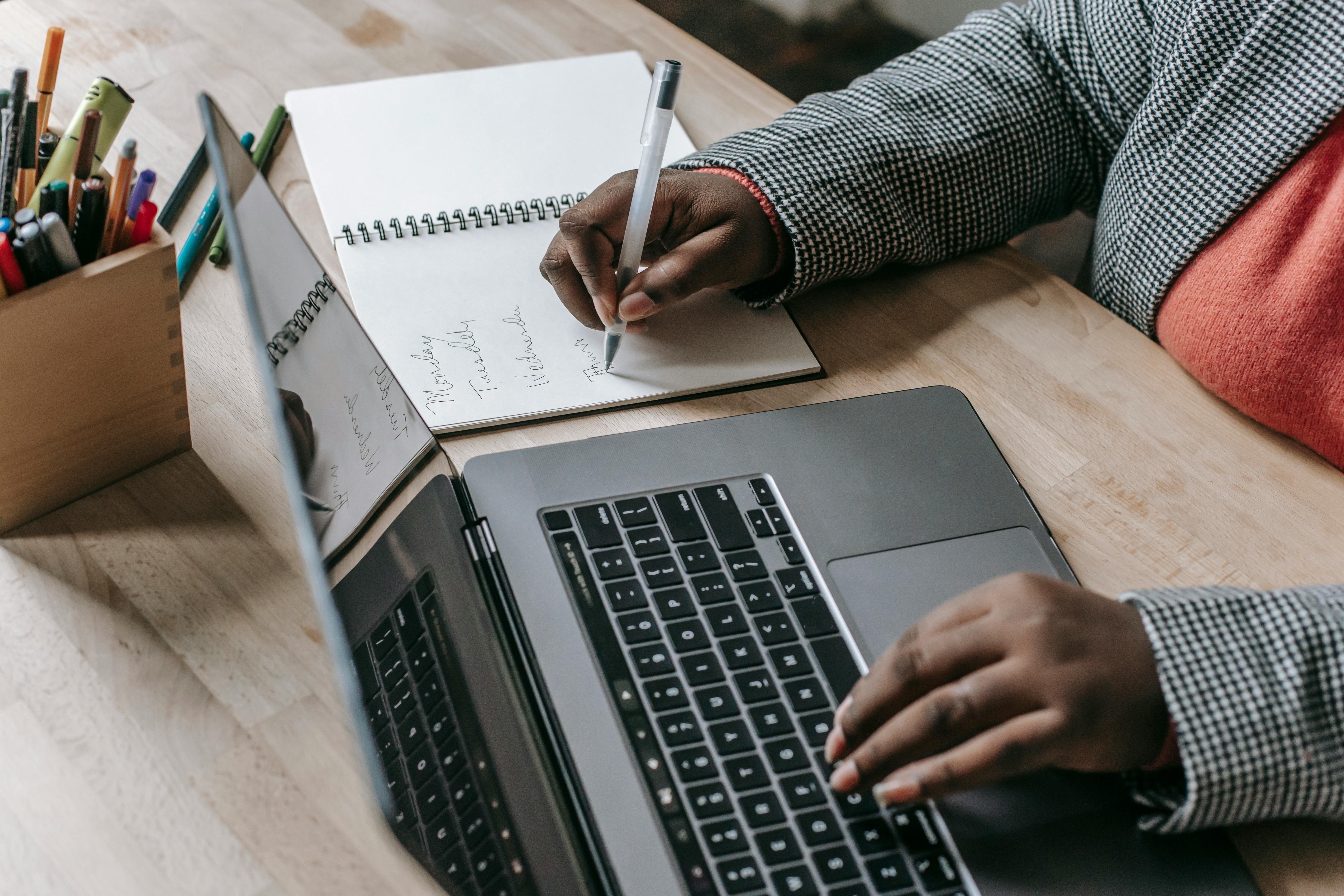I was surprised when I asked parents to tell me the life skills they would like their children to know, and there was an overwhelming request that the children learn how to open a bank account.
Similarly, there was a great call for:
- How to budget and balance accounts
- How to write checks and pay bills
- And how to start saving for retirement
It seems that some of the things we take for granted, as a result, are missing from what we teach children.
This article is the first in a four part series and will look at the best and easiest way to start opening a bank account.
It seems easy, but there are several questions that many people never think of and that we will address in this article:
- Which bank?
- Checking or savings account?
- Are there minimum rates or scales?
- Should I get a debit card too?
- Do I have to have my name on the account with my child?
1. Choose a bank
When choosing a bank, there are a few criteria you’ll want to consider:
- To lease
- Number of branches
- Ease of access
The location should be convenient to your home, but it should also have enough branches so that in case of an emergency, you can get to your bank.
I opened an account with Elevations Credit Union while attending CU Boulder. It was convenient and credit unions are really great for banking. However, after I graduated and moved, there were no branches around me, which made things very inconvenient. I ended up opening an account with US Bank since they are in almost every King Soopers, where I do my shopping.
This is especially important with children because you don’t want them to have to drive too far just to get to the bank.
Similarly, ease of access to the branch is important. I remember having a Norwest (now Wells Fargo) account, and getting in and out of the bank’s parking lot was terrible. I had several car accidents where I almost lost and was afraid to even go to the bank.
2. Checking or savings account
As you will learn in the next article on saving and budgeting, there should be an account that is used for saving and investing.
That means it’s important to have BOTH checking and savings accounts.
The reason a checking account is important is so kids can learn to write checks and have a designated spending account in addition to a designated savings account.
Checking accounts are important for paying bills (either online or by mail) and will give kids a chance to learn how to write checks. Even if check writing isn’t as frequent as it used to be, it’s still important.
I was out shopping one day and realized I had forgotten my wallet, which had my credit cards and cash in it. I started to panic because I needed some food. Luckily I keep a couple of checks in the car and was able to save myself by writing a check…they’re still handy!
3. Commissions and minimum balances
Some banks charge fees for having an account and others do not. Obviously get the one that doesn’t, since your kid shouldn’t have a huge bill. Also, make sure there is no minimum balance or a very small minimum balance ($10 or less).
Just as important is how overdrafts are handled!
When I was in college, it never failed: my classmates (who hadn’t learned how to balance an account) used to activate their overdraft protection and the high fees that went with it.
They would see your balance online and show $10. Then they checked it out again a few days later and it was $30.
It was the growing magical bank account; and they never wondered where the extra money came from. Until the end of the month when they had over $200 in overdraft protection fees!
I would suggest NOT getting overdraft protection and instead making sure they can balance your account (which we’ll cover in a future article).
4. What about a debit card?
Here’s my take on kids having debit cards: It makes it much, much harder to balance the bank account, and it makes it much easier to overspend and get in trouble.
Are ATMs convenient? Yeah, but I’ve never used one in my entire life. Part of teaching children life skills is teaching them to be prepared. I keep an extra $10 in cash plus some checks in my car. I wouldn’t mind if it was stolen.
If you’re determined to get your child a debit card, wait at least six months after you open their account so they can learn “the old fashioned way” and understand how the debit card affects their account when they actually start using it.
5. Should I also be on the account?
I think it’s a really good idea for you to be on your child’s first account so you can monitor their spending and make sure they don’t cause a train wreck.
It’s good to get statements so you can use them as a learning experience to go over them with your child and teach them how to dispose of them properly (in a shredder) so they reduce the risk of identity theft.
Create a time frame or benchmarks until you retire from the account and let your child take responsibility for an individual account.
Opening a bank account is a big step into a new world for children and should be a great experience. Guide your kids through setup and look for learning opportunities along the way.

